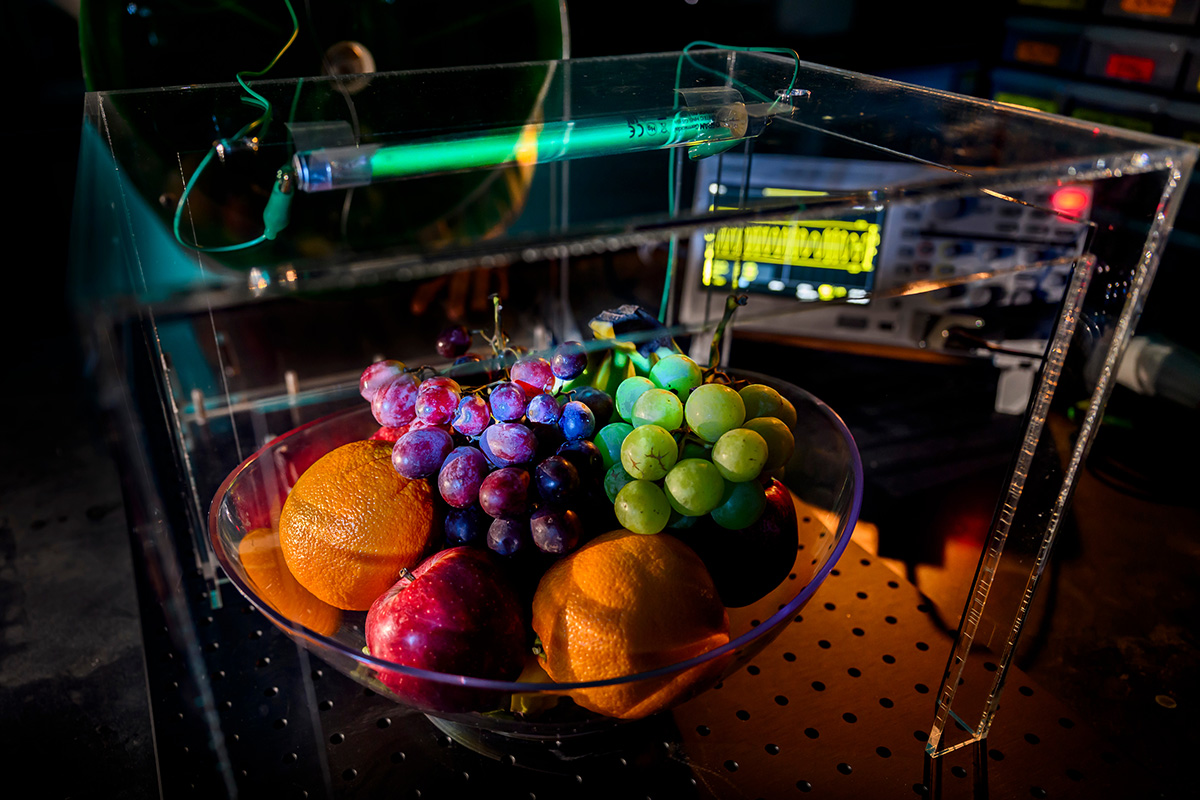
“You can’t just sweep in from outside and drop something in and say, ‘This is exactly what you need,’ ”
A week ago, Elizabeth Sheehan, the founder of Containers to Clinics, a nonprofit organization in Dover, Mass., was preparing to deploy the group’s first medical clinic overseas. Made from two shipping containers, it was to be sent to the Dominican Republic, where it would begin to fulfill the group’s long-term goal of building health care infrastructure in developing countries through networks of small container clinics in rural areas.
Then, last Tuesday, a magnitude 7 earthquake struck the Dominican Republic’s neighbor, Haiti. Hospitals in the capital, Port-au-Prince, were destroyed or damaged, and basic medical care was practically nonexistent. Ms. Sheehan said her donors immediately started calling her. “They all said, ‘Why don’t you send it there?’ ” she said.
Now, the group may dispatch the clinic, which has two examining rooms, a laboratory and a pharmacy, to Port-au-Prince if a medical team and supplies can be arranged.
“It can be used in this disaster situation,” Ms. Sheehan said, and then left in Haiti or sent on to Bani, on the Dominican Republic’s south coast, to fulfill the original mission. “We are committed to long-term primary health care for women and children.”
Containers to Clinics is one of many innovative approaches to building or rebuilding infrastructure in developing countries, to help forestall disasters or, as in Haiti, recover from one. Among them are new ideas and projects to supply quality housing, clean water, proper waste treatment and affordable energy, in addition to health care.
Their promoters share a belief that while the conventional top-down approach, by governments and large relief agencies coming in with large projects, works for initial relief and recovery, long-term reconstruction — “building back better,” in the parlance of redevelopment specialists — requires more involvement of local people.
“You can’t just sweep in from outside and drop something in and say, ‘This is exactly what you need,’ ” said Laura Sampath, manager of the International Development Initiative at the Massachusetts Institute of Technology. “It has to be almost driven from the community.”
The M.I.T. effort includes the D-Lab, whose instructors and students work on low-tech solutions to infrastructure problems and spend time in the field implementing them. Among the projects are ones to manufacture ceramic water filters in Ghana; install chlorine dispensers to treat drinking water in Kenya; and develop a bicilavadora, a pedal-powered washing machine, in Peru.
“We’re graduating engineers who realize it’s important to talk to people first,” Ms. Sampath said.
Ms. Sheehan said converting old shipping containers into clinics was just a first step; her group must find doctors and nurses to staff them, as well as drugs and supplies. “We’re committed to putting in the human system as well,” she said. So partnerships with local health groups are crucial.
At the Appropriate Infrastructure Development Group, a small nonprofit organization in San Francisco, projects are also developed from the ground up by providing support to local entrepreneurs, said Peter Haas, its founder.
Mr. Haas spoke while traveling to Haiti, where, before the earthquake, his group had been set to announce a competition for local entrepreneurs to develop plans for infrastructure projects. The competition has been delayed, and the group has added a new category: earthquake-resistant housing.









